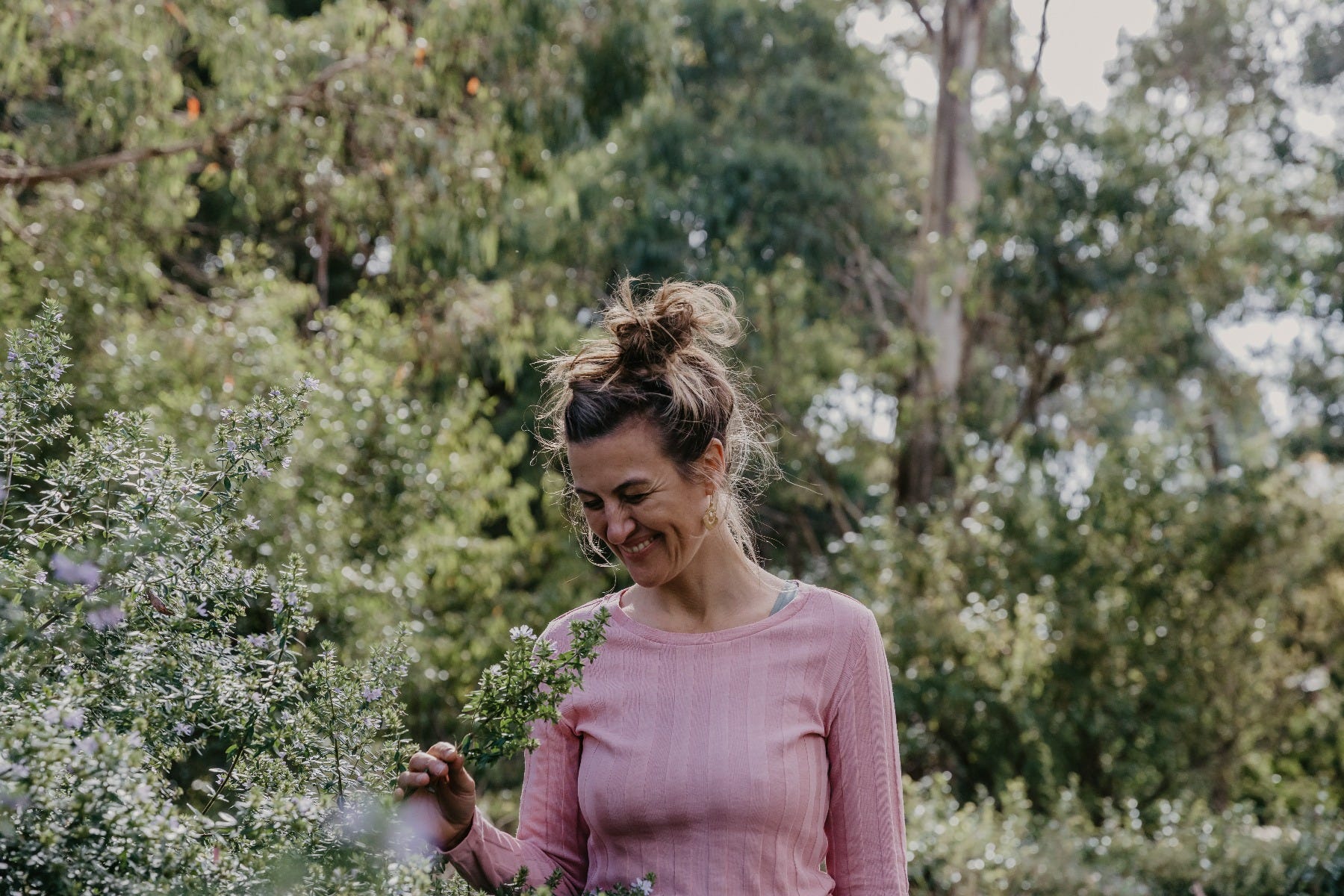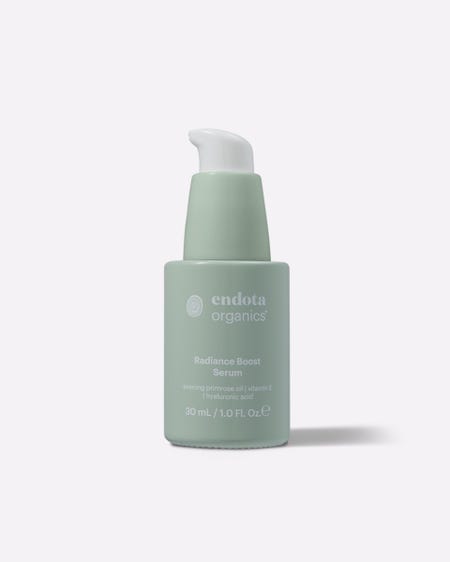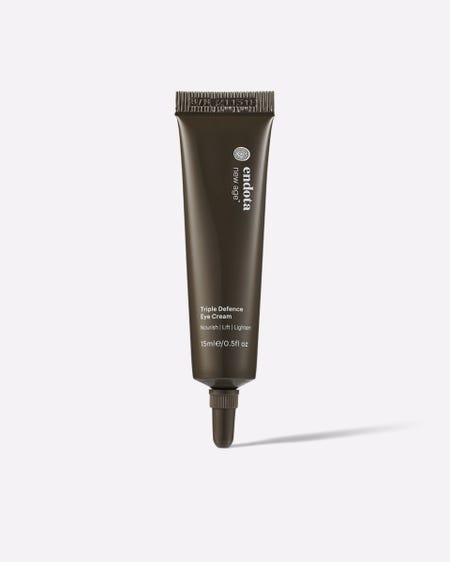Breathe your way to a more balanced self
Why do people tell you to ‘take a deep breath’ when you’re stressed out? There’s something in this simple piece of advice that we can use as part of our everyday self-care – for both inner peace and energy.
Our breath is literally our life force, yet we often overlook it when it comes to our wellbeing. endota Retreat guide and founder of Both Yoga (Breath of the Heart) Uma Spender has been studying and using Pranayama, the yogic breath practice, for 20 years. When she discovered it as a young adult, it literally changed her life.
“I got into meditation and breathing exercises when I was rehabilitating from some big injuries. I had two broken arms and was in my last year of high school, I had been so deeply frustrated and stuck,” she says.“I was given a tape with some simple guided breathing, and from that moment I was determined to know more, to understand and to share this magic.”

Tap in to the power of breathwork with one of Uma's endota Retreat classes.
This journey took Uma to India, where she deepened her yoga study with a focus on breath, meditation, philosophy, and ethics. While western yoga classes focus on movement, the yoga, including Pranayama goes far beyond this. “Working with the breath was, and still is, like coming home. It’s all there,” she says. “How you’re living, how you’re hiding, where there’s stagnancy or room to expand. The breath is life - it’s so obvious yet so easily overlooked.”
Uma says breathwork can help us find peace and stillness within ourselves, and connect with who we truly are. By taking time out to quieten the mind, and simply breathing, you give yourself the space to focus on one thing – which is a luxury for many of us. “Our modern lives have taken us so far out of balance with ourselves, each other and the planet. If you want to create harmony in the world, first create harmony in yourself. From this place, everything is possible,” Uma says. “Lasting and sustainable healing begins with your breath.”
A practice for everyone
You don’t have to go on a yoga pilgrimage to benefit from breathwork. Breathwork is an umbrella term for any of these modern and ancient practices that focus on breathing techniques. While it’s rooted in ancient tradition, including Yoga, Buddist and Taoist methods, there has been an evolution into modern practices like the Wim Hof method and Buteyko.
You can use it to energise, as well as calm your mind and body. But one of the things that makes Uma so passionate about breathwork is that it is so deeply accessible and inclusive. “You don’t need a fancy mat or leggings, a particular body shape or level of ability, and you don’t need to go to a studio or spend lots of money. These practices are so easy to learn and incorporate in your daily routine, and they are quite literally transformational,” she says.
Bring calm and energy through breath
Different breathing techniques can activate certain responses in the body. This can help deal with stress and anxiety, boost energy and your body’s ability to heal. “When you’re using the breath to relax - you can extend your exhalation and stimulate the vagal nerve, a large and complex cranial nerve. When this happens, the flight or fight stress response is switched off,” Uma says.
Breathing techniques to increase your energy often include breath retention. Uma says when you hold the breath you stimulate nitric oxide production. Nitric oxide is often referred to as the ‘youth hormone,’ and is said to help increase resistance to infection, and preserve the health of stem cells. “Practicing for 20-30 minutes a day will, over time, completely change the way that you breathe habitually. Allowing for greater oxygen absorption and nervous system regulation in each moment.” Uma says.
But it’s important not to rush your progress with breath work. Uma says there are many techniques that should only be done in a controlled or practice environment, with an experienced instructor. The more dynamic or ‘heating’ practices come with some restrictions and reasons to avoid if you are pregnant, menstruating, have very high or low blood pressure, heart conditions, glaucoma, hernia, hypertension or suffer from migraines. Some techniques can also bring up a lot of emotional energy, so it’s important to be in a safe space. If you’re unsure, speak to a professional.

Uma Spender, our Retreat breathwork and moving meditation guide, with her husband and musician, Dingo Spender.
Simply breathe
There are many simple breath work practices that are safe for everyone and you can do them anywhere, anytime. Here are Uma’s recommendations:
-
Start by laying down. Close your mouth and breathe through your nose if that’s accessible to you. Relax and soften your belly. Place one hand on your belly and one on your chest and notice the natural rise and fall. Try and take some longer, deeper breaths to allow the belly to be a little fuller for longer. Work to hold your breath a little at either end, and just notice if there is one part of the breath that is more easeful, longer, restricted etc. This exercise can take as little as a minute, or as long as you like.
-
If you are experiencing anxiety, stress or overwhelm, your breath often becomes shallow and rapid, or rigid and stuck. You can use sound to extend the exhale, to help soothe and regulate the nervous system. Breathe in through your nose, and then breathe out with an audible sigh, or ‘shhhhhh’ or ‘mmmmmmmm’ sound. Whatever feels natural for you. Repeat until you’re feeling more comfortable.
-
Bring a count to the breath. Breathe in through your nose to the count of 1, 2, 3, 4 and pause. Then when you’re ready, breathe out to the count of 1, 2, 3, 4, 5, 6. You can place your hand on your belly to encourage softness, and connect your breath with movement – feeling the natural expansion and contraction.
If you’d like to tap into the power of breath work, you can try one of Uma’s classes on endota Retreat. Uma is also running online courses at Both Yoga, and recommends the book Breath – The new science of a lost art by James Nestor.





